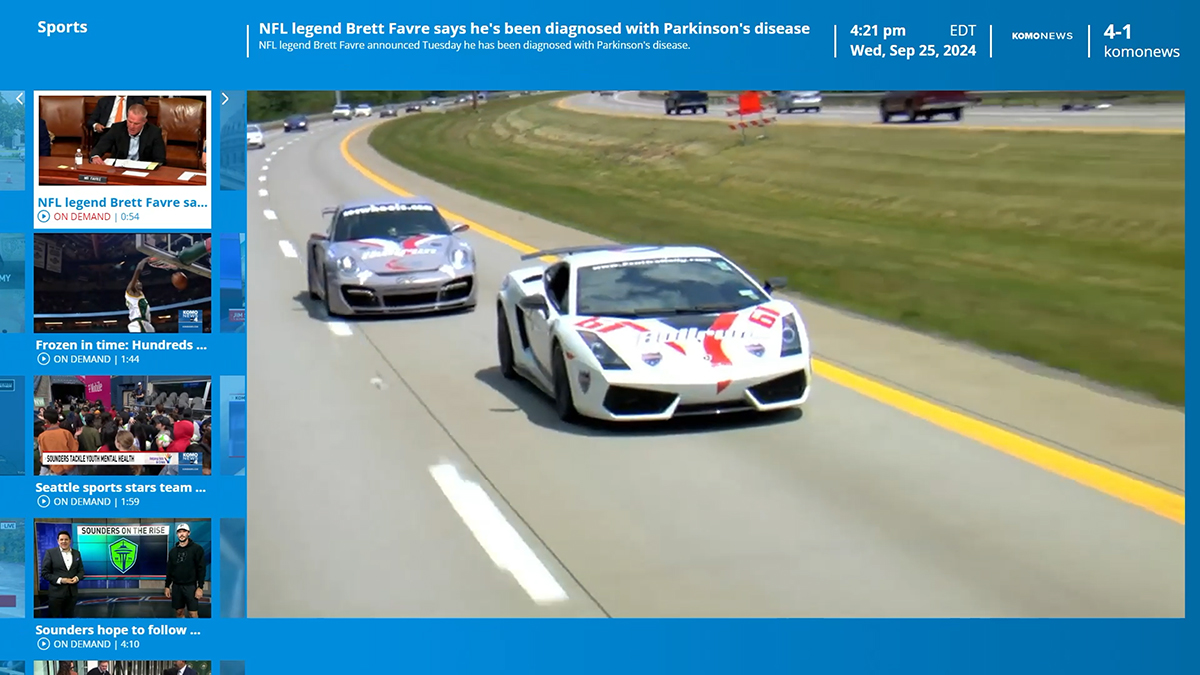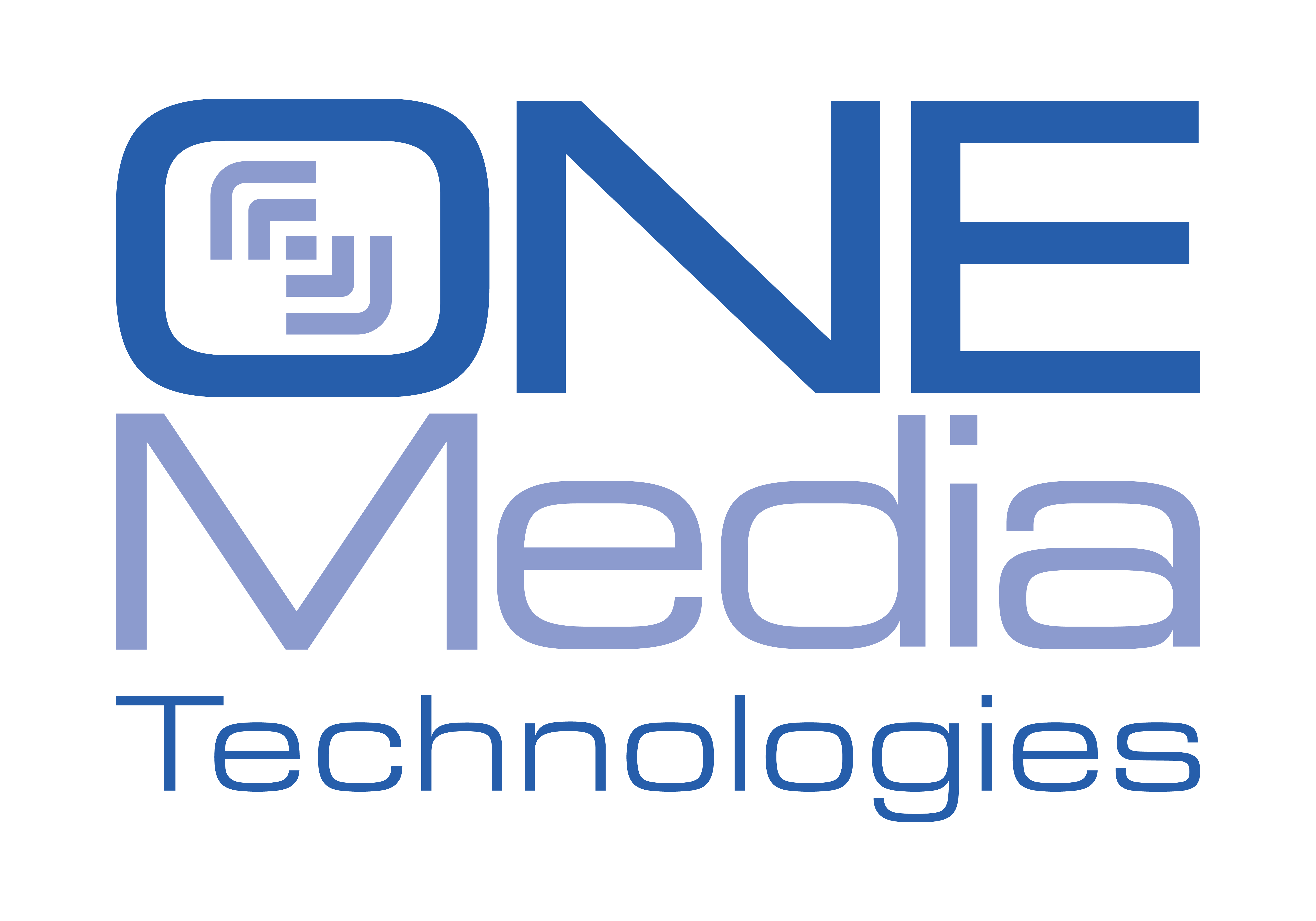 Sunset ATSC 1.0
Sunset ATSC 1.0
Sunset ATSC 1.0 and Unlock NextGen Broadcast
NextGen Broadcast, or ATSC 3.0, is a remarkable technology that will revolutionize the television industry. A flexible, evolvable, and efficient standard, NextGen Broadcast will bring significant benefits for consumers, broadcasters, and the public interest.
Show More
Consumers
NextGen Broadcast allows broadcasters to offer service improvements and new features that are impossible with ATSC 1.0, including:
- Ultra High Def video
- High Dynamic Range video for more vivid and lifelike color
- Immersive audio including dialog enhancement and advanced loudness management
- Interactive applications providing anytime access to news, weather, and other local information, as well as the ability to restart programming in progress and other interactive features
Broadcasters
NextGen Broadcast also offers benefits for broadcasters in an evolving video landscape, including:
- Offers new potential revenue streams through datacasting
- Maintains free over-the-air broadcasting as a competitive service platform for premium content
Public Interest
NextGen Broadcast sets the stage for significant public benefits that can secure the American economy from GPS disruption and save lives during emergencies:
- The Broadcast Positioning System – a high-power, terrestrial-based Position, Navigation and Timing service that will continue to work even if GPS fails
- Advanced Emergency Information that can provide detailed information to affected viewers during an emergency
- Helps preserve local news during a local news decline by ensuring that broadcasting remains a viable and dynamic service
Unlocking all of these benefits will only be possible when broadcasters can access all of their spectrum using ATSC 3.0. That requires an ATSC 1.0 sunset.
The ATSC 1.0 standard was advanced when it was developed in the 1990s – but think about how much has changed in terms of technology, viewing habits, and the media ecosystem. It’s time for the FCC to embrace the future of broadcasting by sunsetting ATSC 1.0.

Introducing Broadspan Wireless — a broadcast data distribution platform to enable nationwide service management.

Read the ATSC’s white paper — Realizing the Full Benefits of ATSC 3.0 Broadcasts in the U.S.

Broadcaster Application
A Broadcaster Application (BA) is a key feature of the ATSC 3.0 standard, designed to enhance the viewer experience. Unlike the legacy ATSC 1.0 standard, which relies on fixed one-way transmission, ATSC 3.0 is IP-based and can utilize the IP return path to deliver improved and more personalized services.
Show More
For example, a BA can host on-demand content like local news clips, weather updates, and video-on-demand services, to give viewers access to the content they want, when they want it. The BA’s “Start Over” feature further enhances this functionality by allowing viewers to restart a live program from the beginning, regardless of when they joined the broadcast.
BAs also enable Advanced Emergency Information (AEI) to provide critical and potentially life-saving alerts during a disaster. Unlike traditional EAS, AEI alerts can be enhanced with supplemental media, such as maps of evacuation routes, videos of official announcements, or images to increase public awareness of the threat.
BAs can also provide more personalized content through features like Dynamic Ad Insertion (DAI). DAI allows broadcasters to deliver more applicable content to viewers and provides a better value proposition to marketers.
BAs also pave the way for future innovations. Potential opportunities include e-commerce functionality, to allow viewers to purchase on-screen products. Sports overlays could provide real-time statistics, updated betting odds, or fantasy league insights, to enhance the viewing experience for fans. By adopting ATSC 3.0 and phasing out ATSC 1.0, broadcasters will be able to fully leverage these powerful capabilities and better serve their communities in an increasingly digital and interactive media landscape.
